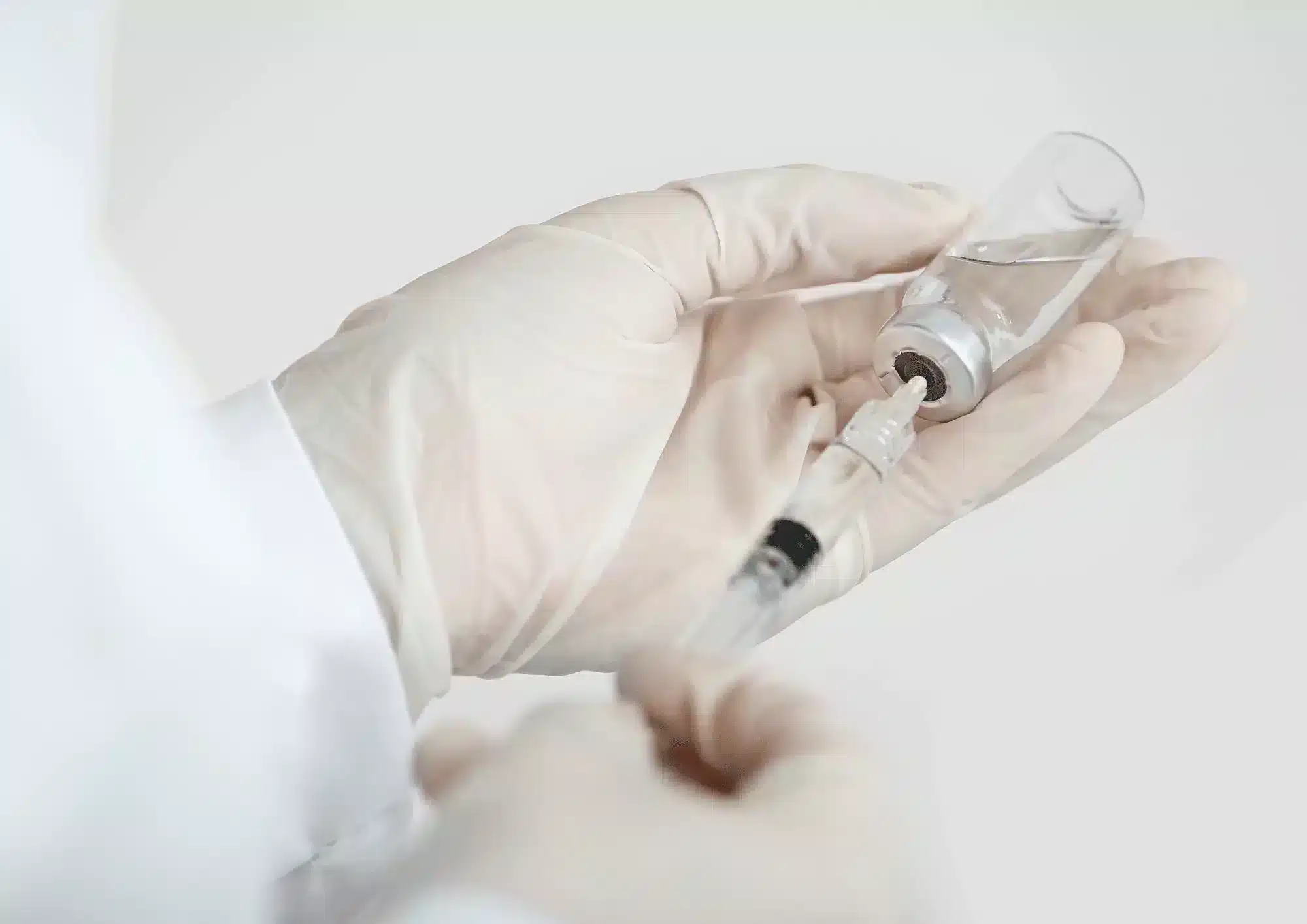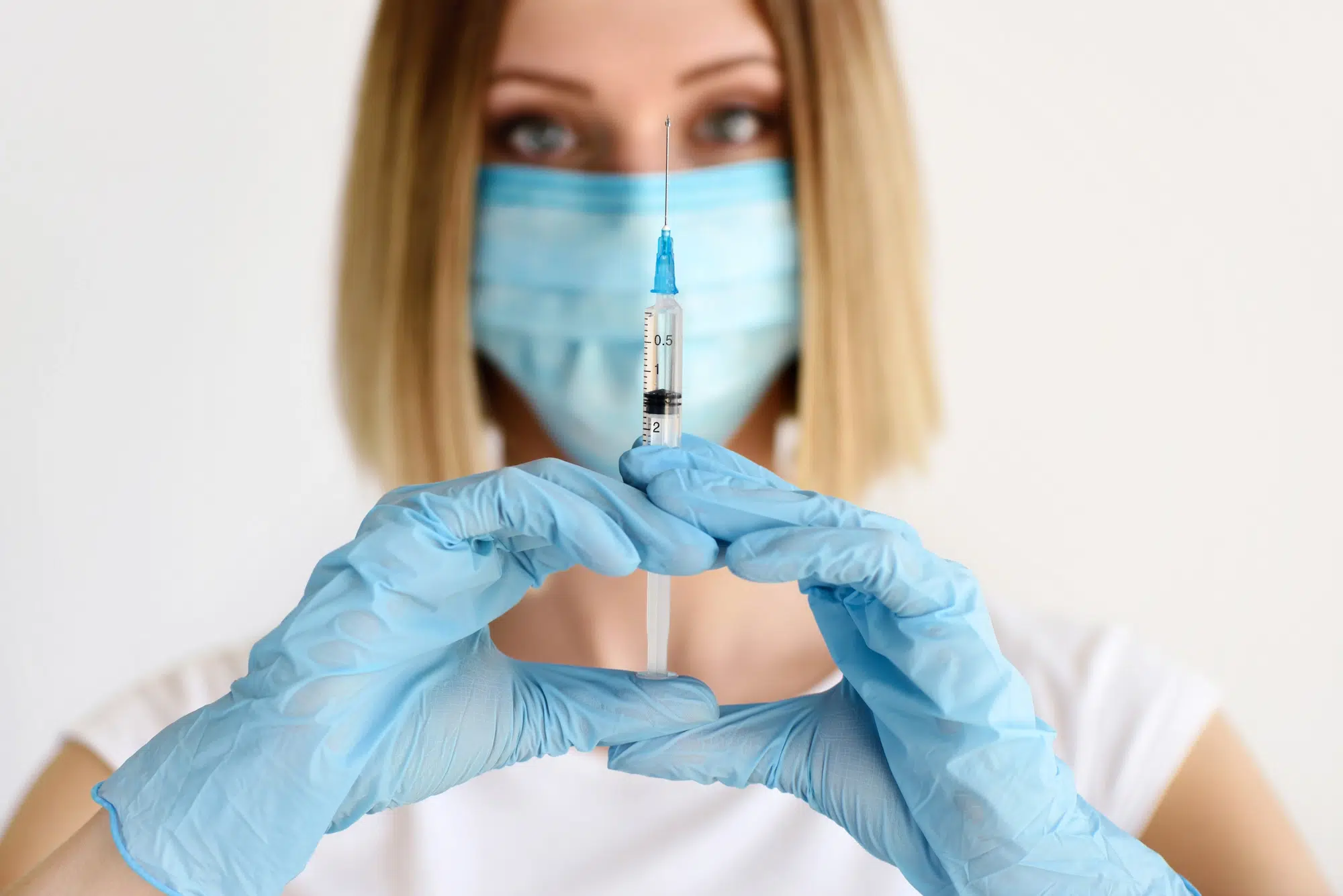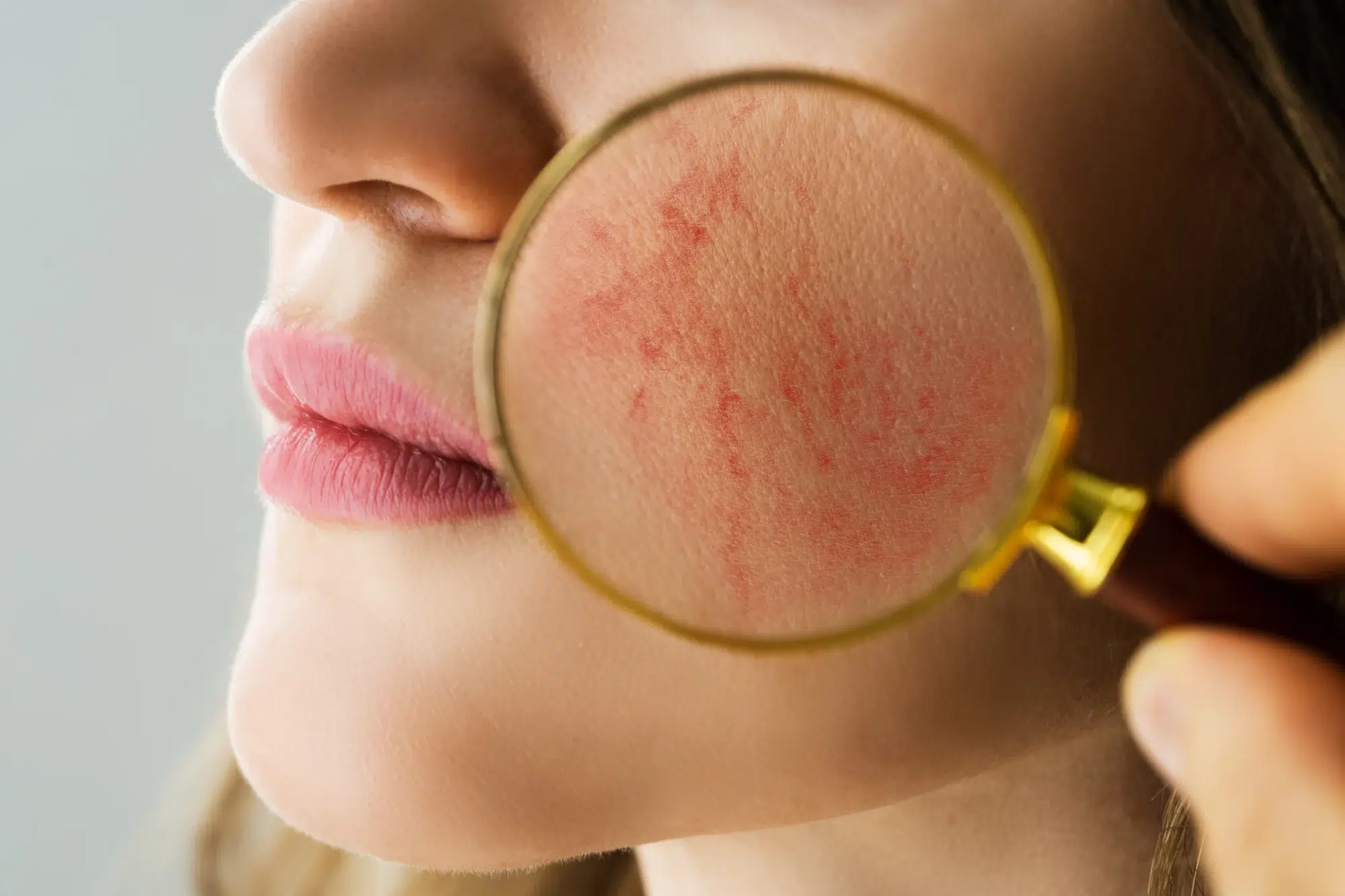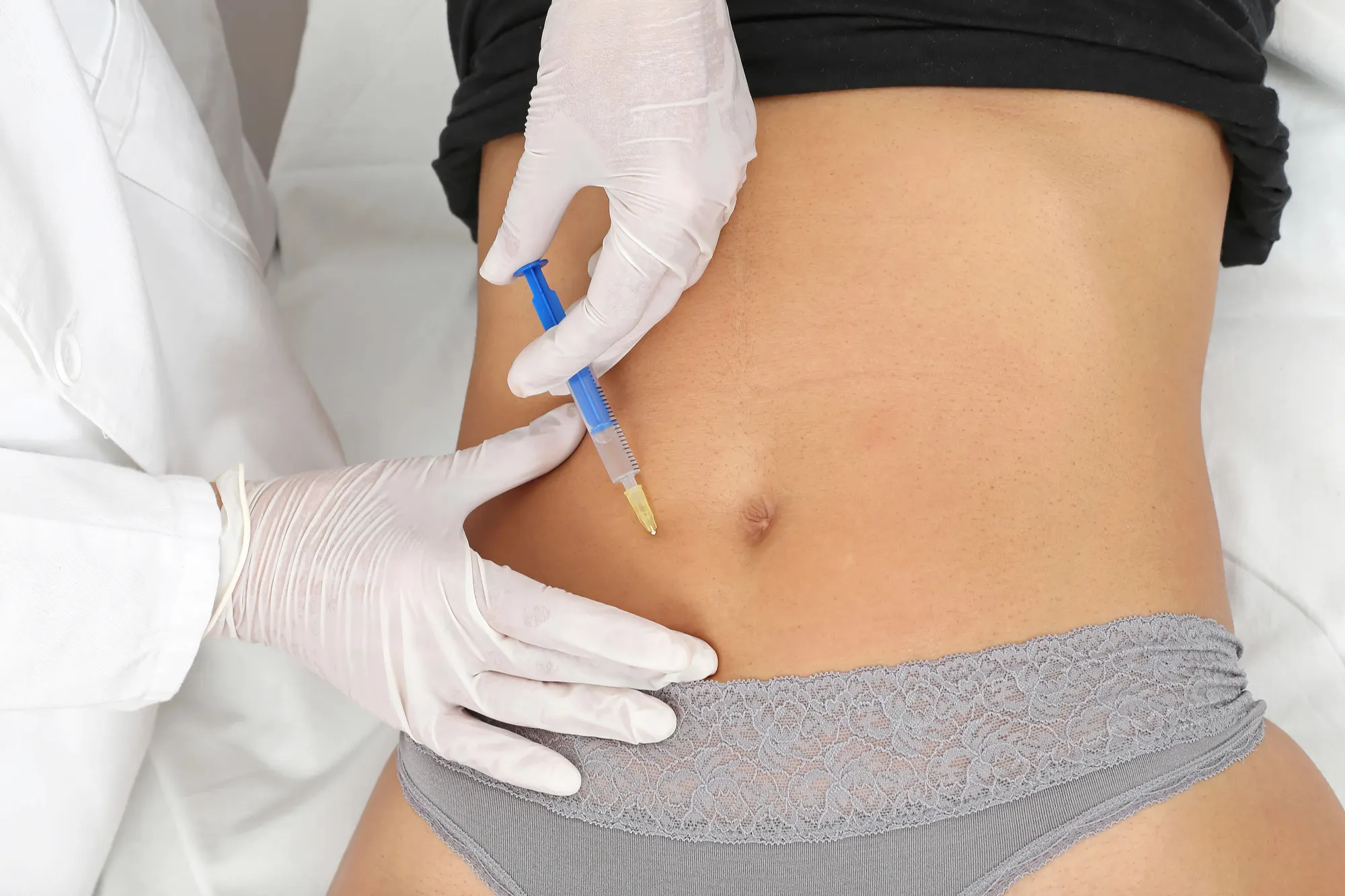Botox is the first Botulinum toxin-derived drug approved by the Food and Drug Administration (FDA). OnobotulinumtoxinA is the primary chemical it contains, which is produced by a bacterium called Clostridium botulinum. Harmful in in large quantities is harmful, smaller or therapeutic doses have various clinical applications.While the primary use of Botox is to treat facial wrinkles and other maxillofacial disorders, this injectable has endless applications!
Botulinum toxin is available in seven different forms, types A to G. The type A and B are most common, and are commercially used for their therapeutic effects.
There are two variants of this drug, Botox and Botox Cosmetic. Botox is used as a muscle relaxant to treat conditions like muscle dystonia, TMJ disorders, urinary problems, and more. Botox Cosmetic is used to treat aesthetic issues such as wrinkles and nasolabial folds.
Therapeutic Applications of Botox
As the first FDA-approved drug to use the compound botulinum, Botox has a wide range of applications, including the following.
Strabismus
Strabismus is a condition where the eyes of an individual do not align in the same direction. People with this condition fail to locate objects, which is a failure of binocular vision. This condition can occur in childhood or adulthood.
Botox significantly improves strabismus, and the FDA approves its medical application. A local injection in one of the muscles of the eye results in its temporary paralysis, thereby correcting the condition. The effect lasts for approximately three to four months.
Migraine
The FDA approved the use of Botox to treat migraines in 2010. While treating patients for wrinkles with Botox, Dr. William Binder observed that the patients had less frequent headaches. This finding leads to a clinical study of the therapeutic use of Botox for migraines.
Botox blocks pain neurotransmitters from reaching the nerve endings from the brain. Multiple doses may be required to treat the condition and results occur two to three weeks after the first dose.
Incontinence
Incontinence, or the lack of urinary control, is something that can develop at any stage of life. Some individuals accidentally pass urine while laughing, coughing and sneezing, while some are incapable of “holding it.”
There are two types of incontinence: stress incontinence and urgency incontinence. Both conditions can be treated with Botox. When the muscles of the bladder contract, urine passes out. With incontinent people, the bladder becomes hyperactive, which results in frequent urination.
Botox, by relaxing the muscles of the bladder, reduces the urge to urinate. The FDA currently does not approve this therapeutic use of Botox, due to neurological concerns(spinal cord injury, multiple sclerosis). Botox treatment in such conditions is regarded and referred to as “off-label.”
Hyperhidrosis
Hyperhidrosis is a condition that causes excessive sweating. The most common area of hyperhidrosis is the underarms. The FDA has approved the use of Botox for the treatment of hyperhidrosis in this area.
Patients receive multiple fine-needle injections in the underarm and treatment can be completed in a single office visit, depending on the severity of the condition. Here, Botox blocks the nerve impulses that activate the sweat glands, reducing the amount of sweat produced.
Dental and Maxillofacial Aesthetics
Another great advantage of Botox that its uses expand into dentistry. Because it relaxes muscles and tissue, it can be used to treat a wide range of dentofacial problems. Several disorders such as temporomandibular joint disorders (TMD), mandibular dystonia, gummy smile, bruxism, reduction of interdental space, and mandibular spasms are treated with Botox injections.
Neck Spasms
As a muscle relaxant, Botox can prevent severe neck spasms. This therapeutic application has been approved by the FDA and has helped many patients. The usual causes of neck spasms include stress, poor gait, spondylitis, cervical dystonia, and spinal stenosis.
Local injections of Botox relax spastic muscles and block pain impulses from the brain.
Conclusion
Botox has endless applications, not all of which are listed above. It can also be used in the treatment of premature ejaculation, bradycardia, tachycardia, depression, painful sex, and much more. Research in this field is ongoing, and doctors are still finding new uses!








